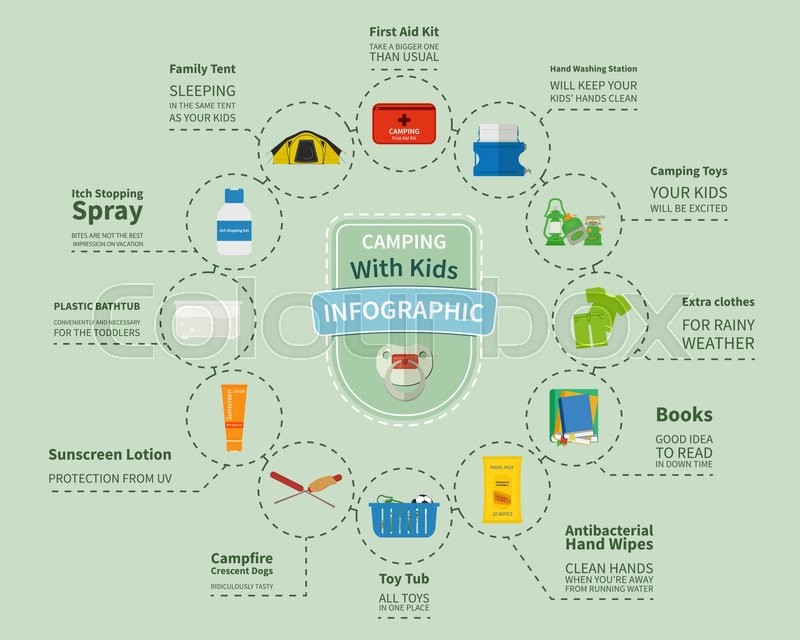The security of a camping tent depends greatly on well-tightened person lines, which improve the structure's ability to stand up to wind and various other external forces. They likewise advertise ventilation within the sanctuary, which can make a substantial difference in camping comfort and safety.
Person lines are usually made of strong, lightweight products like nylon and polyester. Numerous are additionally reflective to avoid campers from tripping over them in low-light problems.
Origins
While the specific origin of guy lines is uncertain, the concept is timeless. Its roots can be traced back to the French word "guie," which at some point became the Dutch term, "gei.".
Person lines are wire, cable, or rope made use of to support frameworks like tents and poles by attaching one end to the framework and anchoring the various other end to the ground or other set factor. They offer added support beyond the ability of camping tent poles and risks, specifically in windy environments.
Along with providing additional security, guy lines contribute in advertising proper camping tent air flow. By assisting in the separation of a tent's rain fly from the inner outdoor tents body, they enable air to distribute openly throughout the structure, reducing condensation and protecting convenience for campers. They're also simple to readjust, allowing individuals to adjust their stress according to the particular conditions in which they're camping.
Features.
Making use of sturdy cord and tensioners, individual lines secure the corners and edges of a camping tent or tarp for security and assistance in numerous weather conditions. Maintaining them tight lowers fabric sagging, improves living area and total shelter performance. They likewise deflect snow or rain from building up and potentially harming the material.
A lot of outdoors tents feature person line loopholes located around the base and midway up the fly along the post seams to attain these features. They also enhance the architectural honesty of non-freestanding camping tents by distributing weight far from the camping tent body, which can be specifically prone to gusty settings.
A dependable knot is important for securing the person lines to the support points; a bowline or clove hitch are optimal choices as they're both strong, quick to tie and allow adjustability. The appropriate stress is important; the sustainable fashion lines should be tight enough to create a taut framework but not so tight that they're stressing or pulling on the accessory points.
Products.
Normally made from a material like nylon or polyester, today's person lines are often built from ultra-high-density polyethylene (UHMWPE). UHMWPE is a durable, high-tenacity fiber that is both water and UV-resistant. This makes it suitable for outdoor use, as it will not break down or shed its stamina when subjected to dampness and extreme UV rays.
Additionally, it is naturally abrasion-resistant and can manage amazing quantities of tension. It is essential that a camping tent's man lines have the ability to stand up to these forces in order to correctly maintain and protect the sanctuary, particularly in gusty conditions.
Because of this, many contemporary outdoor and camping enthusiasts select to purchase tents that make use of UHMWPE man lines. They can be conveniently anchored and connected to support points using a variety of techniques, including hooks, ties, or loopholes. When done correctly, a tent's man line will certainly be taut and flawlessly positioned, supplying important security for the shelter. This is specifically true for non-freestanding tents.
Installment.
If you discover that the roof of your tent or tarp isn't quite tight, or there are sagging areas on its walls, you probably haven't secured the person lines. Those cord-like ropes that affix to loopholes on your rainfly or external camping tent wall and risk into the ground, individual lines are essential for boosting your outdoor camping experience by giving crucial architectural support.
They distribute the weight of the camping tent and tarpaulin across the structure, boosting stability and avoiding sagging or damage due to unequal snow lots or winds. They likewise enhance air-flow via the structure, decreasing condensation and enhancing overall outdoor camping convenience.
To affix your person lines, you'll need to identify the appropriate support points on your shelter and afterwards safeguard them with a strong knot. Knots that offer adjustability, such as a bowline or clove hitch, are liked given that they allow you to tweak the rigidity of your guy line, preserving an equilibrium between stability and staying clear of excessive stress on the textile.
